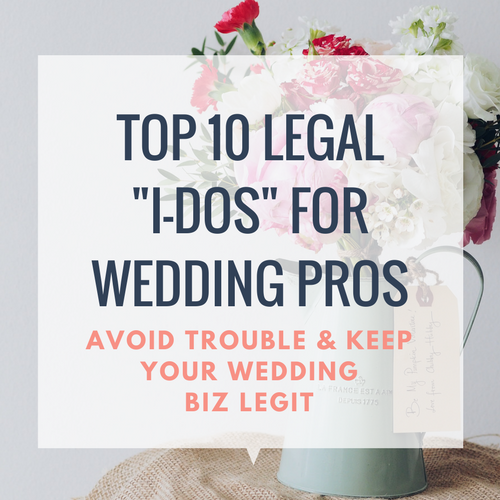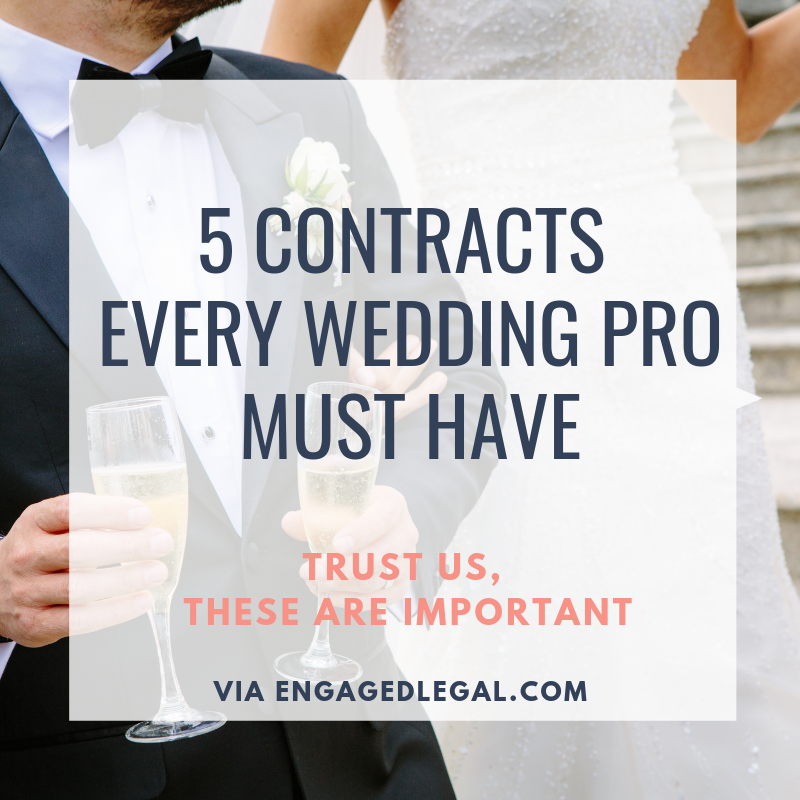Copyright License vs. Copyright Assignments ("Transfers")
/You’ve probably heard someone talk about different ways to use copyrighted material like photographs of your events. But there are two different ways to use a work created by someone else: copyright licenses and copyright assignments, also called a “copyright transfer.” So what’s the difference?
Copyright assignments and copyright licenses are both legal agreements that allow someone to use another person's copyrighted material, but they operate in different ways and serve different purposes. Understanding the differences between these two types of agreements is critical for anyone who creates or uses copyrighted material.
What is a Copyright Assignment?
A copyright assignment is a legal transfer of ownership of a copyrighted work from one person to another. This means that the person who assigns the copyright no longer owns the work and cannot use it or control how it is used without permission from the new owner. Copyright assignments are often used when someone creates a work as a work-for-hire, or when a work is sold outright to another party.
Pretend you’re holding a stick. That stick is your copyright. By assigning your stick, you are giving that stick to someone else, forever. You’re saying, “this was my stick, but now it’s yours.”
What is a Copyright License?
A copyright license is permission granted by the copyright owner to another person or entity to use the copyrighted work in a specific way. This allows the “licensee” to use the work according to the terms of the license, but the copyright owner retains ownership of the work and can continue to use it or license it to others (unless the license is “exclusive,” in which case the owner can’t use it/ license it again). Copyright licenses can be exclusive, meaning that the licensee is the only one who can use the work, or non-exclusive, meaning that the copyright owner can license the work to multiple parties. Sometimes, licenses allow “sublicensing,” which is when the licensee can grant someone ELSE / a third party a license.
Back to the “stick” example. A license is giving someone the ability to use the stick, but it still belongs to you. You can allow them to use it for specific things, like roasting marshmallows, and prevent other things, like painting the stick. At the end of the day, it’s your “stick.”
A real-world example of this would be using images in Canva to create an end product for a graphic design client. Canva is the copyright holder, the you the user are the licensee, and the end client is the sublicensee.
An important thing to note: the licensee cannot grant a bigger / broader license than it obtained from the licensor. You can only give what you’ve gotten! So back to the stick example: I couldn’t say “You can license my stick, but also my neighbor’s stick”— because we don’t have rights to the neighbor’s stick!
Summary
In summary, a copyright assignment involves a transfer of ownership, while a copyright license allows someone to use the copyrighted material according to the terms of the license without transferring ownership (think of it like buying a book vs. renting it). It is important to carefully review and understand the terms of any copyright agreement, whether it is an assignment or a license, to ensure that you are using the copyrighted material in a legal and appropriate way— and not accidentally committing infringement.



















